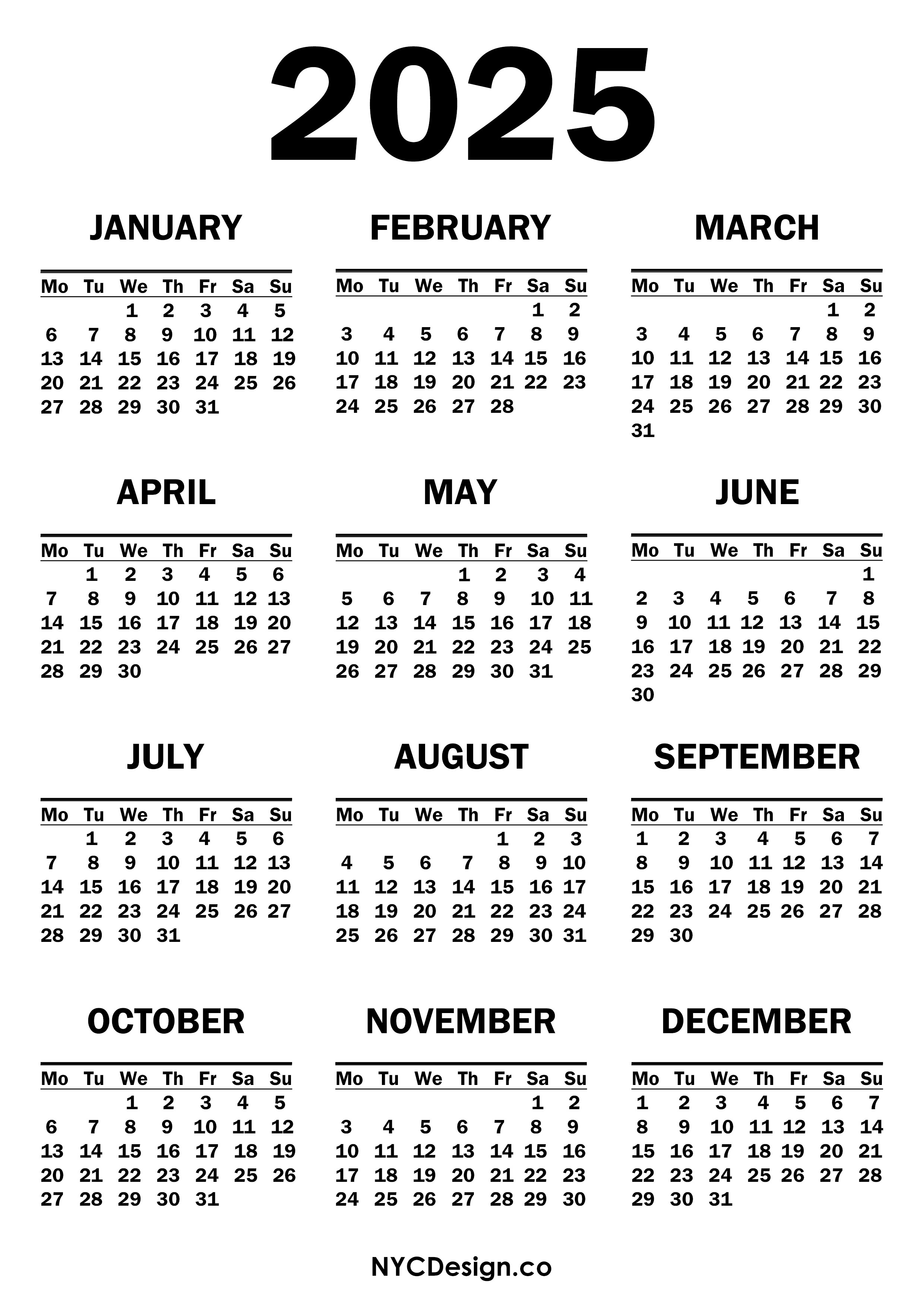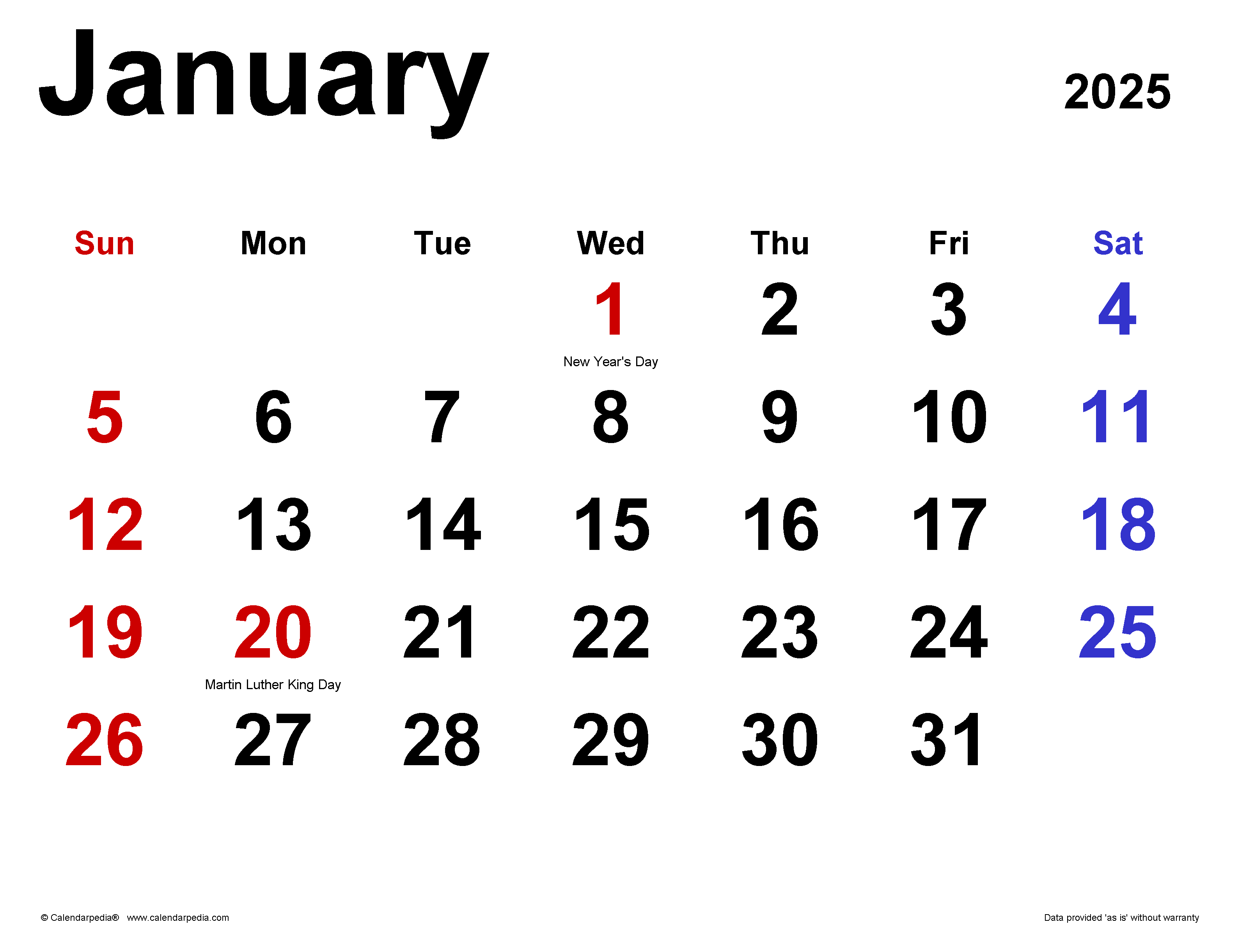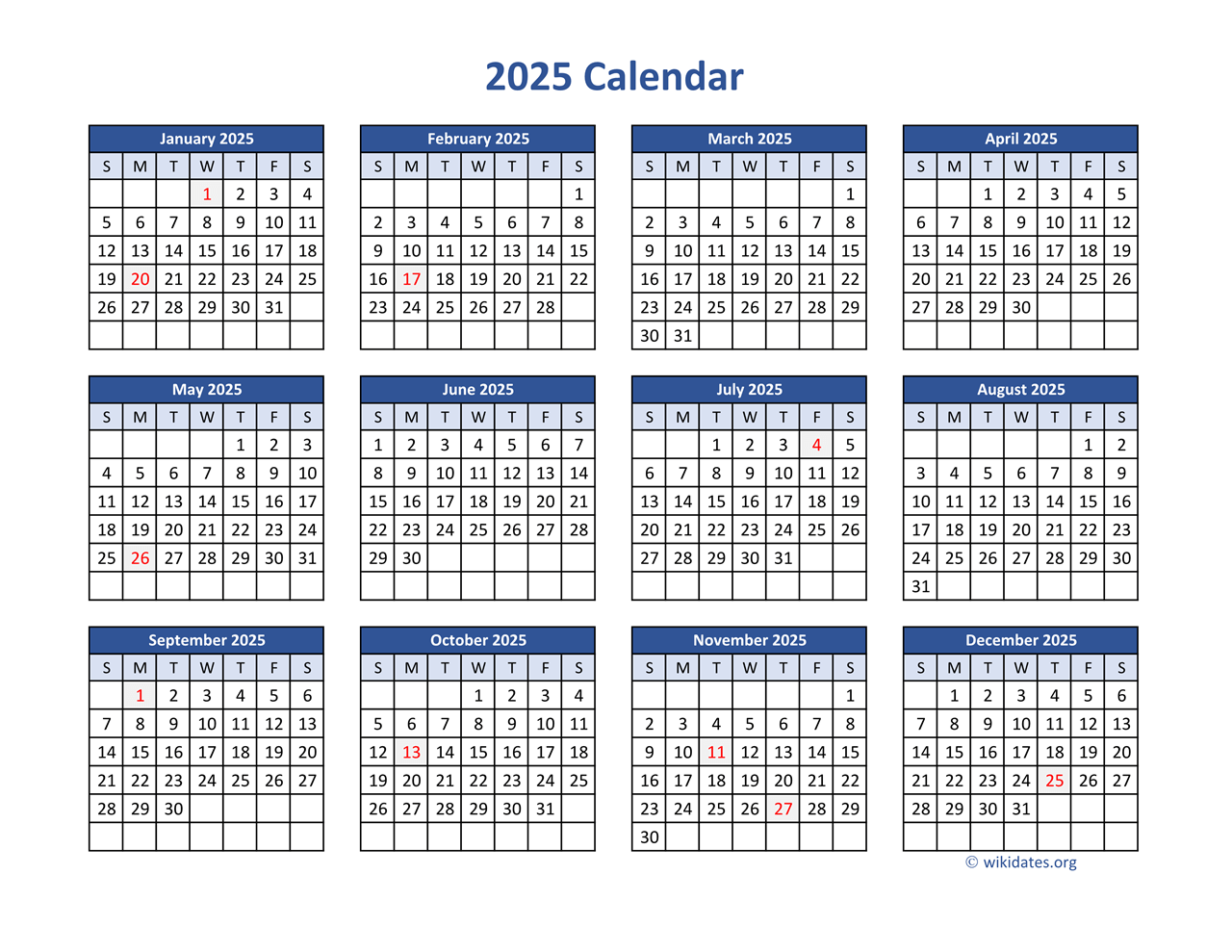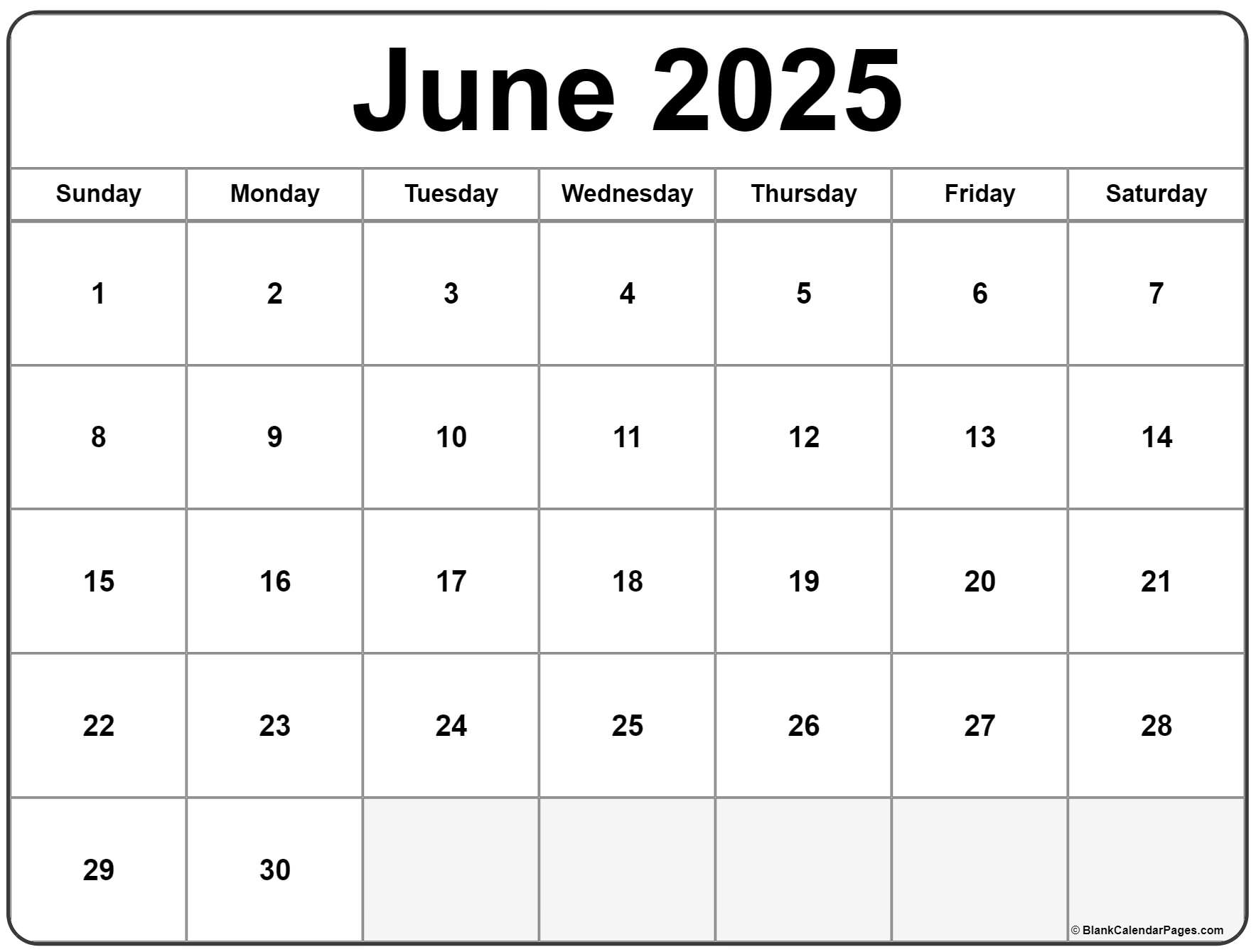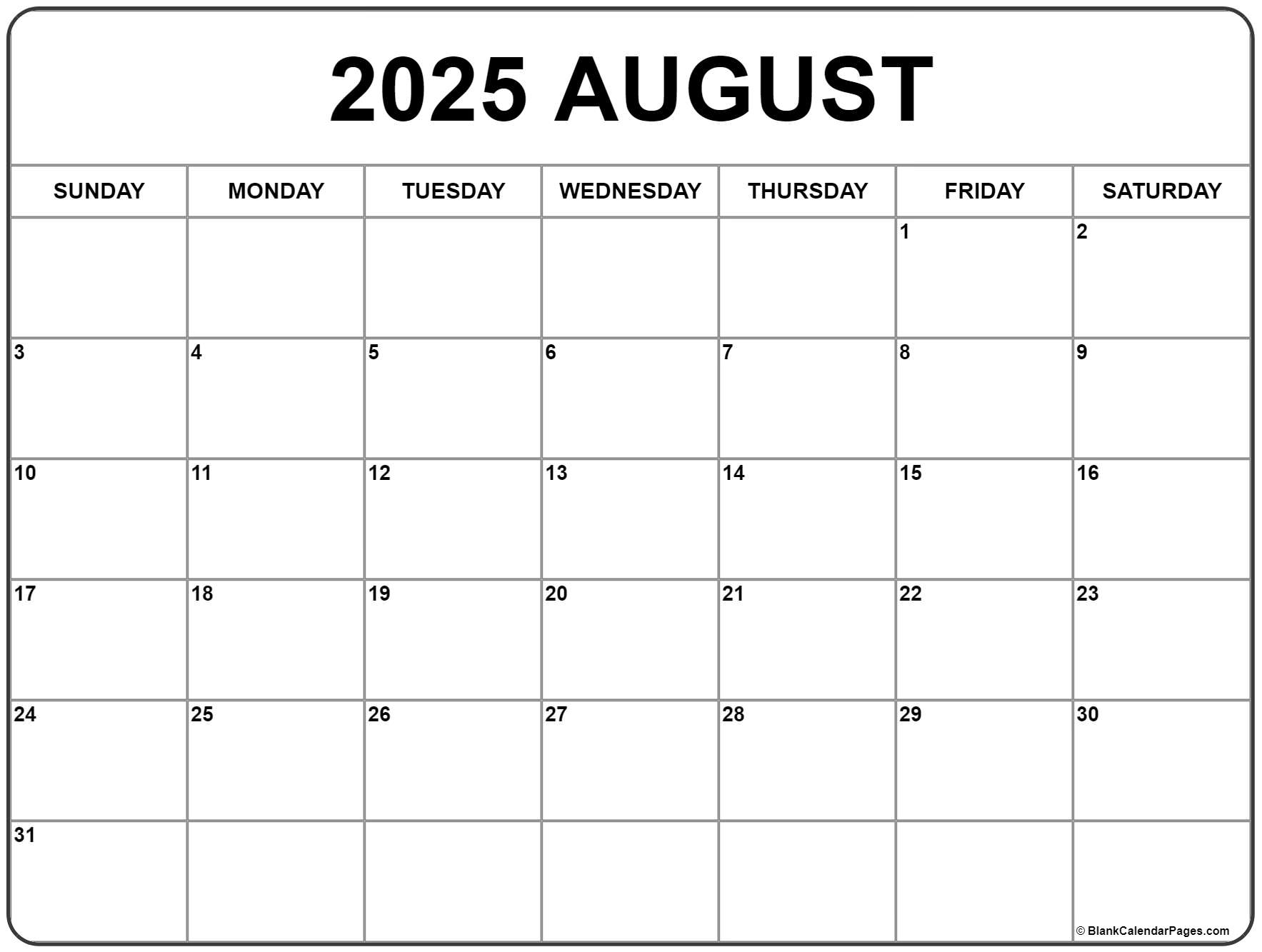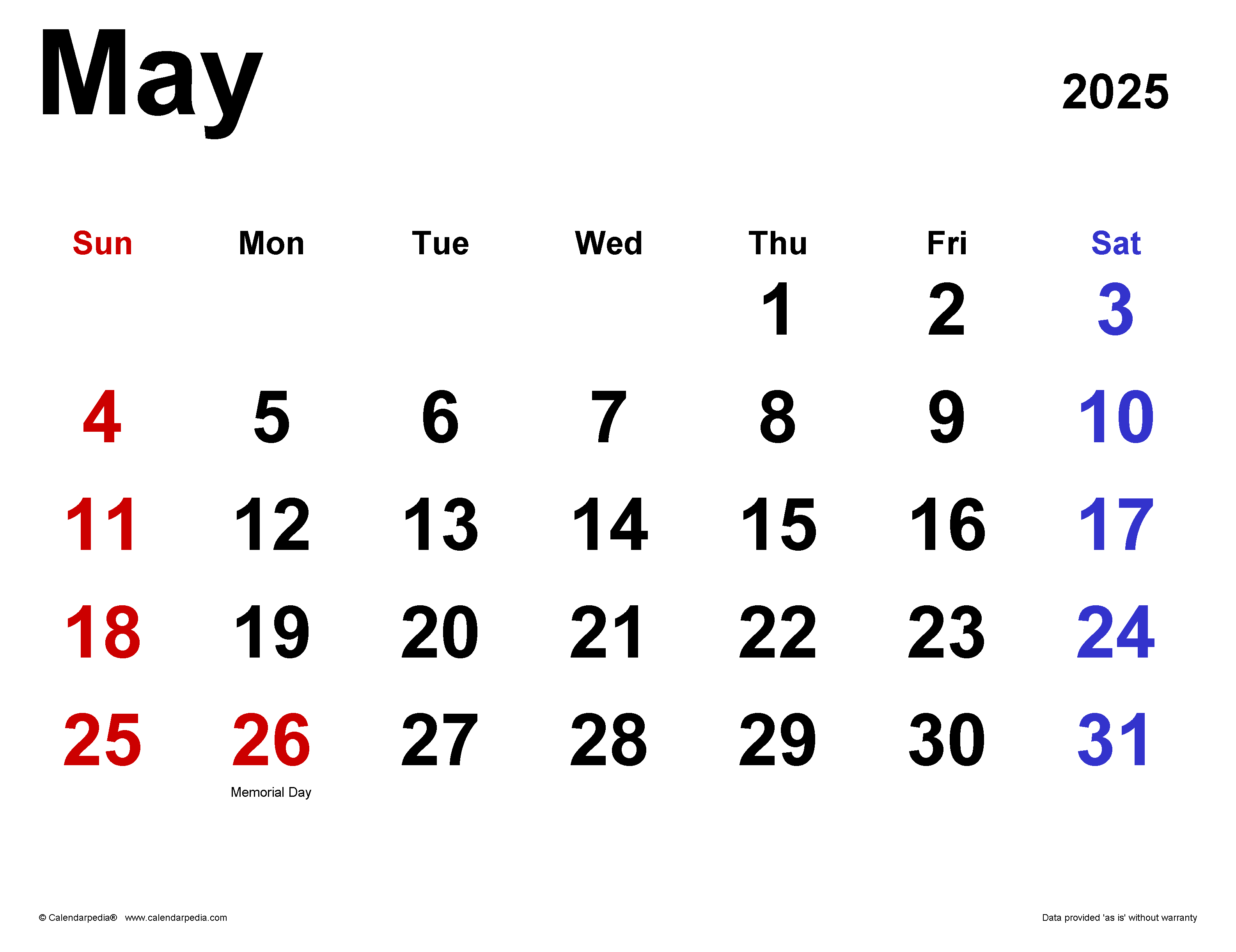Price May 2025 Calendar Pdf
Navigating the Price Maze: A Comprehensive Guide to the May 2025 Calendar and Its Impact on Pricing Strategies

The year 2025 is rapidly approaching, and businesses are already strategizing their pricing models for the coming months. A key tool in this planning process is a detailed calendar, specifically one that incorporates projected price changes, market trends, and seasonal fluctuations. While a simple "May 2025 Calendar PDF" might seem rudimentary, its potential impact on effective pricing is significant. This article delves into the importance of such a calendar, exploring various factors that influence pricing decisions and providing a framework for creating a powerful, data-driven May 2025 pricing calendar.
The Significance of a Detailed Pricing Calendar
A well-structured May 2025 calendar isn’t just a visual representation of dates; it’s a dynamic planning tool that allows businesses to:
-
Anticipate Market Fluctuations: May might bring specific events (holidays, trade shows, competitor launches) that directly impact demand and, consequently, pricing. A calendar allows businesses to proactively adjust their pricing to capitalize on opportunities or mitigate potential risks. For example, if a major competitor is launching a similar product in early May, a preemptive price adjustment might be necessary.
-
Optimize Inventory Management: Knowing projected demand based on seasonal trends and events allows for better inventory management. Overstocking can lead to losses due to potential price reductions, while understocking can result in lost sales. The calendar can help align inventory levels with anticipated demand and price points.
-
Improve Profitability: By strategically adjusting prices throughout May, businesses can maximize profitability. This involves understanding price elasticity – how sensitive demand is to price changes – and leveraging this knowledge to find the optimal balance between price and volume.
-
Enhance Customer Relationships: Transparent and consistent pricing, as reflected in the calendar, builds trust with customers. Predictable pricing strategies can foster loyalty and reduce customer churn.
-
Facilitate Internal Communication: The calendar serves as a central communication tool within the organization, ensuring all departments (sales, marketing, production) are aligned on pricing strategies and expectations.
Key Factors to Include in Your May 2025 Pricing Calendar
Creating a truly effective May 2025 pricing calendar requires incorporating various factors beyond simply the dates. These crucial elements include:
-
Seasonal Trends: Certain industries experience predictable seasonal fluctuations. For instance, tourism might see a surge in May, allowing businesses to increase prices strategically. Conversely, other industries might experience a lull, necessitating price adjustments to maintain profitability.
-
Holidays and Events: Mother’s Day, Memorial Day (in the US), and other regional holidays can heavily influence consumer spending and pricing strategies. The calendar should highlight these dates and their potential impact on demand.
-
Competitor Activities: Monitoring competitor pricing and promotional activities is crucial. The calendar should include notes on competitor launches, sales, and price changes to inform your own pricing decisions. This requires ongoing market research and competitor analysis.
-
Economic Indicators: Macroeconomic factors like inflation, interest rates, and unemployment rates can significantly impact consumer spending and price sensitivity. The calendar should reflect anticipated changes in these indicators and their potential influence on pricing.
-
Promotional Activities: Plan any planned sales, discounts, or promotions well in advance and mark them clearly on the calendar. This allows for efficient allocation of resources and avoids conflicts with other marketing initiatives.
-
Cost Analysis: Regularly review your cost structure (raw materials, labor, transportation) and factor any anticipated changes into your pricing strategy. This ensures that your pricing remains profitable despite fluctuating costs.
-
Pricing Strategies: The calendar should clearly outline the pricing strategy employed for each product or service throughout May. This might include value-based pricing, cost-plus pricing, competitive pricing, or a combination of strategies.
-
Sales Forecasts: Integrate sales forecasts based on historical data, market trends, and anticipated demand. This allows for more accurate pricing adjustments and inventory management.
Creating Your May 2025 Pricing Calendar: A Step-by-Step Guide
-
Gather Data: Collect relevant data on seasonal trends, holidays, competitor activities, economic indicators, and historical sales figures.
-
Choose a Format: Decide on the format of your calendar. A spreadsheet, a dedicated project management software, or even a physical calendar can be used, depending on your preferences and the complexity of your pricing strategy.
-
Populate the Calendar: Input all relevant dates, events, and anticipated price adjustments. Use color-coding or other visual aids to highlight important information.
-
Regularly Review and Update: The calendar should be a living document. Regularly review and update it based on new information and changing market conditions.
-
Share and Communicate: Ensure the calendar is accessible to all relevant departments and individuals within the organization. This fosters transparency and alignment on pricing strategies.
Beyond the PDF: Leveraging Technology for Dynamic Pricing
While a PDF can serve as a static representation of your pricing plan, leveraging technology offers greater flexibility and accuracy. Consider using:
-
Spreadsheet Software (Excel, Google Sheets): Allows for dynamic calculations, data analysis, and easy sharing.
-
Project Management Software (Asana, Trello): Enables collaborative planning and tracking of pricing adjustments.
-
Pricing Software: Specialized pricing software can automate pricing adjustments based on various factors, optimizing profitability and efficiency.
-
Data Analytics Platforms: Integrating data from various sources (sales data, market research, competitor information) allows for data-driven pricing decisions.
Conclusion:
A well-crafted May 2025 pricing calendar is a vital tool for any business aiming to maximize profitability and navigate the complexities of the market. By incorporating relevant factors, utilizing appropriate technology, and fostering internal communication, businesses can leverage this seemingly simple tool to achieve significant strategic advantages. Remember, the calendar is not just a static document; it’s a dynamic instrument that should evolve with the changing market landscape, ensuring your pricing strategy remains effective and responsive throughout May 2025 and beyond. The effort invested in creating and maintaining a comprehensive pricing calendar will undoubtedly yield significant returns in terms of improved profitability and strengthened market position.

